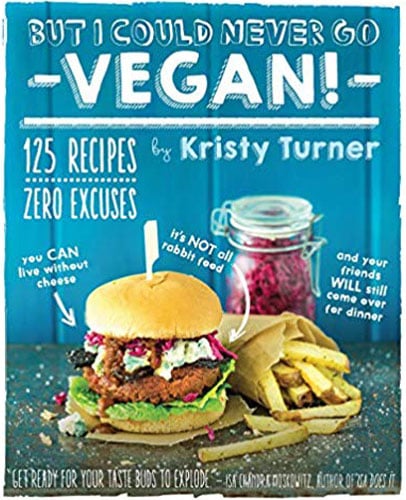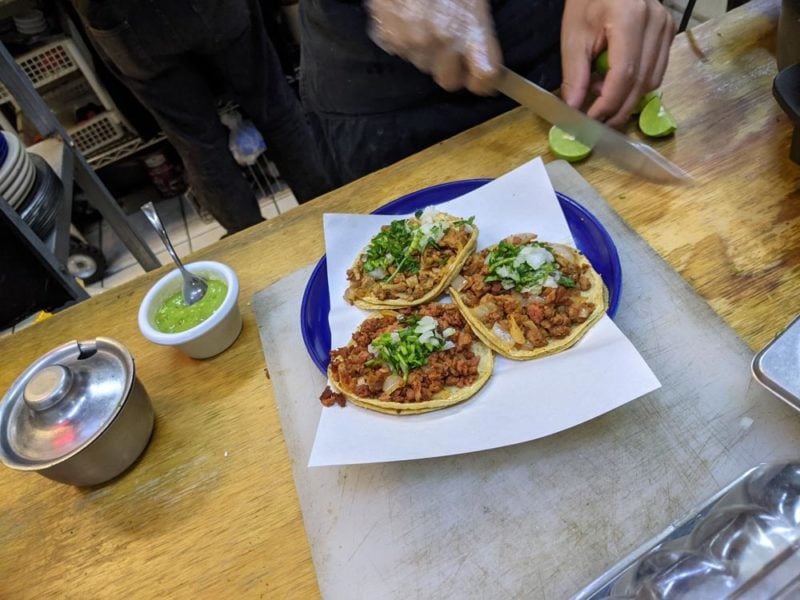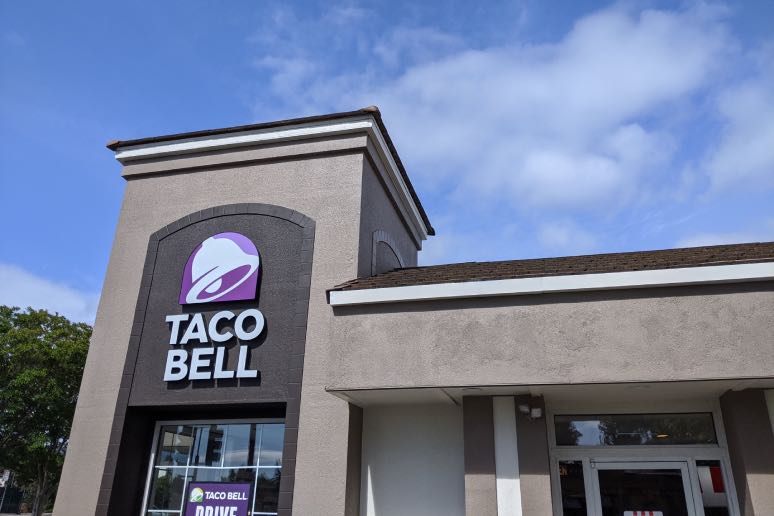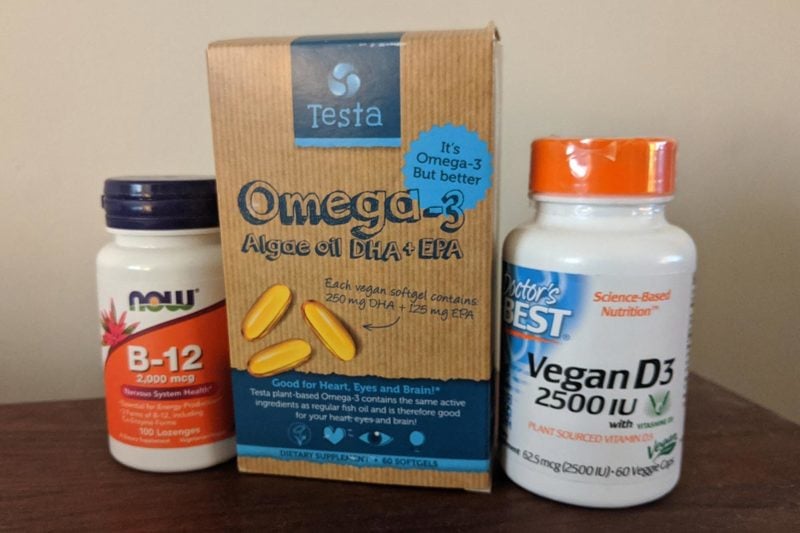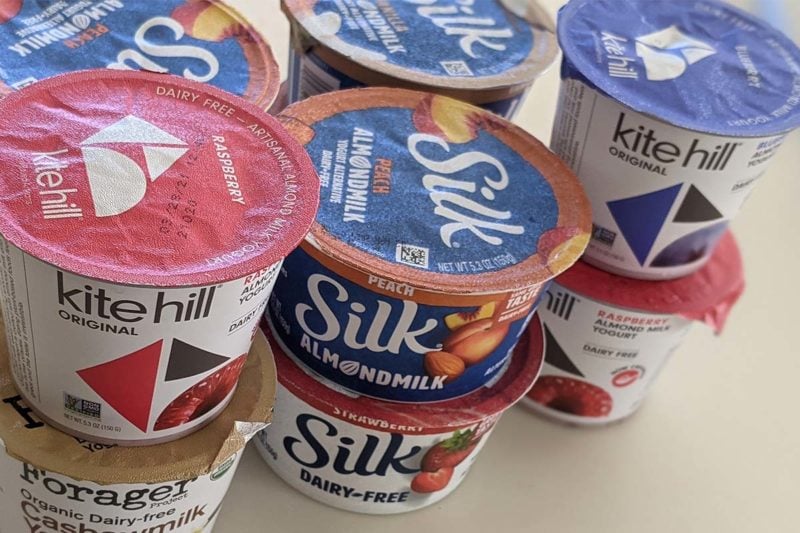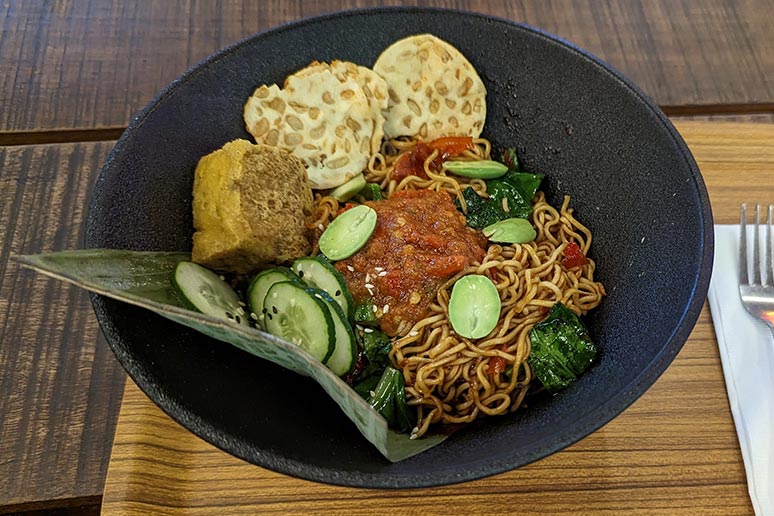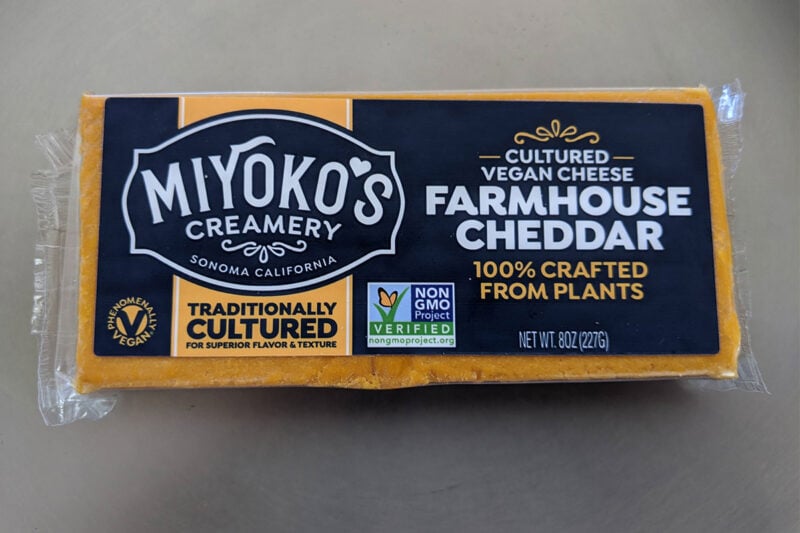Chapter 27
Basic Activism & Outreach
If there’s one thing I wish I could change about the vegetarian community, a single fact that frustrates and saddens me beyond belief, it’s that most vegetarians view their personal diets as their sole form of animal advocacy. I doubt if one vegetarian in ten makes an unwavering effort to inform others about dietary issues.
There are doubtless many reasons why vegetarians rarely engage in outreach. They may not know where to begin. They may not know other activists with whom they might collaborate. Or they may fear that doing this work would brand them as zealots. But I think there is one reason above all else why so few vegetarians take up activism, and that is: the typical vegetarian has no idea how much animal suffering just a little activism can prevent. Not the slightest idea.
The fact is that even miniscule investments of time can produce massive results. How little time and how massive a result? Imagine this: it’s probable that by investing just thirty minutes doing simple outreach, you’ll keep as many animals out of factory farms and slaughterhouses as you would by following a totally vegan diet for the rest of your life.
I hope this assertion has you saying “where do I sign up?” That’s easy: just join Vegan Outreach’s Adopt A College program. This program enables you to protect huge numbers of animals for every hour that you participate.
The genius of the Adopt A College program lies in its ability to take advantage of the fact that most Westerners were raised with a profound disconnect. Most of us were taught from childhood to love animals and to be kind to them, yet nearly of all of us were brought up on a diet rich in animal products. It’s tragic that most Americans make it all the way through high school without being exposed to information about factory farms and slaughterhouses. Yet this horrible situation does create an exciting possibility: college campuses offer tremendous opportunities for outreach. There, you’ve got thousands of young people congregated in one place, most of whom are on their own for the first time in their lives. Many of these students are remarkably receptive to learning about animal agriculture and reevaluating their food choices. But for this to happen, somebody needs to distribute relevant information.
That’s where you come in. As an Adopt A College volunteer, you visit your local college campus and pass out free booklets from Vegan Outreach. At a busy campus, it’s easy to pass out a couple hundred booklets an hour. That’s 200 people, for each hour invested, who would not receive this information if it were not for you. The results of this outreach effort are inspiring—astonishing even. Rarely does a day go by without reports coming in to Vegan Outreach from people who’ve received a booklet and decided to go vegan.
The beautiful thing about Adopt A College is that it requires no training, and can accommodate a commitment ranging from minimal to gigantic. My friend Joe Espinosa got involved with the program when it launched in 2003, and today he’s passed out more than 150,000 pamphlets. Another activist friend, Stewart Solomon, regularly passes out more than 20,000 pamphlets each semester—he finds time to do this despite being both a parent and a full-time teacher. And all across the United States, small local teams of activists regularly hit festivals and concerts, often distributing thousands of pamphlets at a single event.
People like these are heroes to me. They deserve to regarded as “animal millionaires,” in that each of these people has spared millions and millions of animals the ordeal of the factory farm and slaughterhouse.
Sharing
Nearly every semester, the Adopt A College campaign sets a new distribution record. An astounding 658,506 booklets were handed out during the fall 2008 semester. As somebody who dreams of a vegan world, and the day when the last remaining slaughterhouse is shuttered, I have put many hours into thinking about why the Adopt A College campaign enjoys such remarkable success. I’ve come to believe that much of this program’s power rests upon a single principle: the effectiveness of sharing instead of creating.
As an Adopt A College volunteer, there’s no need to participate in researching, writing, designing, or printing the pamphlets you hand out. Your sole responsibility is at once the simplest and most vital part of the process—distributing these pamphlets to as many people as possible.
Put another way, just four people are responsible for creating Vegan Outreach’s literature, yet hundreds of people volunteer to hand out these pamphlets. And whether we’re considering the Adopt a College program or we’re looking at other highly successful activist efforts, the same pattern constantly appears: few creators and many, many sharers.
The lesson that Adopt A College teaches us is that the most valuable people in the vegetarian movement aren’t the creators, but the sharers. The cardinal sin of animal advocacy is to duplicate effort, since this means time is being wasted creating that could instead be spent sharing. Yet, sadly, this duplication happens all the time.
One obvious area of duplicated effort concerns vegan blogs. There are currently well over a hundred different blogs devoted to vegan cooking. While many of these are excellent, you’ve got to wonder: how many vegan cooking blogs can one person actually read? Does a hundred different vegan cooking blogs, with most read by just a handful of people, best serve the animals’ interests? Wouldn’t it be better if there were only five outstanding vegan cooking blogs in existence, with the other 95 bloggers shifting their energies towards sharing—rather than creating—vegan information?
So when you feel the urge to create something new in order to promote vegetarianism, the wisest response is generally to strangle that impulse in its crib. Opportunities for sharing are everywhere, and new opportunities constantly emerge.
Now I’m acutely conscious of the fact that here I am admonishing people not to create—in the pages of a book that I myself have created. Adding to my sins is that I’m also a blogger. But since I publish Vegan.com, which I think offers something unique to the Internet, I hope I can be excused and that my advice does not come off as hypocritical. In any event, I have to say that the books and blog entries I write are no longer the part of my work that interests me most.
My main passion is studying different forms of veggie activism, and trying to inspire people to participate in the most effective efforts. Specifically, this whole notion of sharing rather than creating is something I find endlessly interesting. As a result, even though I still create materials for the vegan community, I do this within a framework I hope others will follow.
This framework is easily summarized: create only as a last resort. I believe there are only two occasions when creation is more effective than putting that same time and energy into sharing. First, is when what you’re creating is fundamentally new and different—when the core quality of what you’re creating just hasn’t been captured by anyone else in the veggie movement. And second, it can make sense to duplicate efforts if you’ve identified a resource that already exists, but that you’re somehow capable of improving on by leaps and bounds.
Vegan Outreach co-founder Matt Ball regularly emphasizes to aspiring activists that you don’t need to start a group or organize anything to make a real difference. Happily, there’s no shortage of great vegan-oriented materials and projects. But there is a terrible scarcity of vegans who are willing to participate in basic outreach efforts.
Admittedly, the prospect of leafletting by yourself may seem intimidating. You may therefore find it worthwhile to become acquainted with other activists, who you might team up with for leafletting efforts. Hundreds of cities and towns have regular vegan dinner gatherings, and Meetup.com is a great place to find these events. Likewise, it can be worthwhile to attend one of the many large vegetarian or animal rights conferences that takes place each year, as these events offer unsurpassed opportunities for networking.
However you choose to do it, I urge you to just grit your teeth and get out there. Order a box of brochures from VeganOutreach.org, circle a date on your calendar, and then follow through on your commitment to leaflet on that day. Nothing feels better than coming home after a couple of hours spent leafletting, knowing that you’ve just gotten dozens of people to think about eating more compassionately.
Leafletting is just one way to share vegan information. Advertising is another exciting approach.
Advertising
The vegan movement may never be able to buy advertising on the scale that McDonald’s does. Fortunately, there are all sorts of effective advertising opportunities available to activists that come at little or no cost.
Email Signatures
When you think of advertising, you may envision large corporate firms occupying prestigious office towers, designing million-dollar ads for the Super Bowl.
Yet there is a wonderful advertising opportunity available that doesn’t even cost a nickel, and is ideally suited to vegetarian advocacy. Just about every free email service allows you to create a custom signature for the emails you send out. And if you use a dedicated email client, such as Outlook or Apple’s Mail application, you can likewise set up a signature there a well. From that moment forward, every email you send will have your own personal vegetarian advocacy message attached to the bottom.
Why let this free opportunity go to waste? My only advice is to keep your blurb short, and link to a website that offers more information. Some links you may wish to include are your favorite vegan blog, hand-picked online recipes, and Vegan Outreach’s website. It makes sense to offer two or more links in your signature: for instance, one for general vegan information and another for food and recipes.
Bumper Stickers
After email signatures, the cheapest advertising campaign I know of costs only a dollar or two, and will be seen by thousands of people during its lifetime. It is the humble bumper sticker. I think it’s best to promote your favorite vegan website rather than have a bumper sticker featuring some lame “don’t eat the animals” slogan. That way, your bumper sticker provides a comprehensive source of information to anyone who’s interested. The best vegan websites offer snazzy bumper stickers—you can easily find these at any big veggie festival or animal rights conference.
One final piece of advice where bumper stickers are concerned: choose your favorite sticker and stop at one per car. Multiple stickers mean multiple messages, whereas a single clear message is easier for people to absorb and act on. If there’s one point that vegan activists need to be constantly reminded of, it’s to keep their message simple, well-chosen, and memorable: brevity is key.
Television and Billboards
Vegan Outreach has shown that handing out literature where young people congregate can deliver enormous results when it comes to protecting animals. Now imagine taking this approach a step further and going straight into people’s living rooms to distribute this information. Amazingly, this task can be accomplished without risking arrest for breaking and entering: all you need to do is donate money to purchase television ads.
At least two groups, Mercy For Animals and Compassion Over Killing, regularly create short, punchy, youth-oriented television ads that promote vegan diets. Many cable companies sell regional advertising slots on MTV and other networks that cater to young people. It can be surprisingly cheap—just a few cents per viewer—to purchase these ads. So, for activists with more money than time, or anyone who wouldn’t feel comfortable handing out leaflets, the purchase of these ads can inexpensively expose thousands of people to a vegan message.
Money spent on television advertising slots can go a long way, since the ads themselves have already been written, produced, and paid for. Nonprofits often allow donors to earmark their contribution specifically to purchasing blocks of advertising time from cable companies.
Some animal protection groups, such as Mercy For Animals, have created billboards and bus advertisements. Here again, for a relatively small donation, you can purchase advertising space that will reach thousands of people.
Beyond the Basics
Even a brand new vegetarian can make use of any of the ideas presented in this chapter. But nothing here is exclusively for beginners—many highly accomplished activists regularly participate in much of the work I’ve described. For instance, Paul Shapiro, who heads up the factory farming campaign for the Humane Society of the United States, will still spend a Saturday afternoon passing out leaflets. And nearly all experienced activists I’ve encountered have a well-chosen bumper sticker affixed to their cars, plus they also include some sort of vegetarian advocacy message in their email signatures.
There are of course other sorts of activism that have much higher barriers to entry—techniques that require expertise and abilities that are beyond the reach of novice activists. Appendix A provides an introduction to some of the possibilities for advanced animal protection work. But there’s no need to take up specialized activism: you can prevent enormous amounts of animal suffering without ever straying from the basic techniques described in this chapter.
Perhaps the animals’ greatest hope is the fact that anyone who cares enough to act, and who contributes either time or money towards simple outreach efforts, can spare millions upon millions of animals from a lifetime of suffering. A vegan world will only become possible if the majority of vegans wake up to the enormous power they possess.
Next: Appendix A: Advanced Activism
Return to: Table of Contents
Get the updated second edition of this book on Kindle for just 99 cents, or in paperback for $8.95.
This page and The Ultimate Vegan Guide is Copyright 2010 by Erik Marcus, all rights reserved. My writing is my sole means of support, so please don’t abuse the generosity I’ve shown in making the full text of this book freely available from Vegan.com. Posting the text of this book to other websites, and copying or distributing it through other means, is strictly prohibited.


